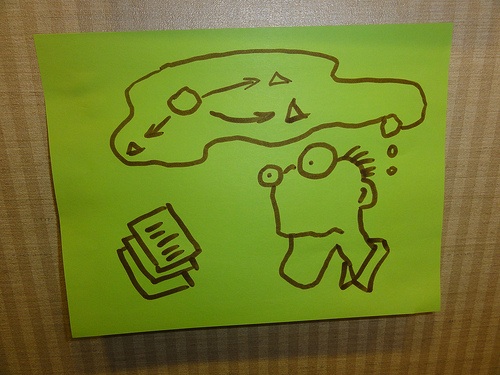With school starting back up in just a week or two, many proactive parents will be connecting with tutoring opportunities in their communities, to ensure that their children have a smooth transition to their new classes. To make their school easy and successful, it’s a good idea to line up tutoring support before kids encounter potential struggles and endure poor grades.
As you begin meeting new students, especially younger kids, it’s worthwhile to investigate their learning styles. The most effective tutors are attuned to how different kids process new information.
Of course, like “personality types,” learning styles are a construct based on theories about personality. But they’re also based on observation and have a practical, predictive value even if they oversimplify the “real world” somewhat.
Perhaps most simplistically, learners can be broken down into three groups: visual, auditory and kinesthetic/tactile. There are lots of tests and quizzes online to help determine which of these styles predominates for them.
Many learning style theorists also use these four basic styles (or “default modes”) as a starting point in understanding a learner’s strengths and weaknesses:
- Mastery learners absorb new information step-by-step. They like things clear, concrete and oriented towards practical application. About one-third of people are in this category.
- Understanding learners ask a lot of questions and use their reasoning powers to process ideas and abstractions. They view things logically and appreciate “proof” or evidence about why something is so. About one-third of people are in this category.
- Interpersonal learners learn well in groups. They want to take tangible ideas and apply them toward creating something of value to themselves and others. About one person in six has this learning style.
- Self-expressive learners process information through feelings and by seeing images in materials. They are highly original. About one in six people processes information this way.
Most students have a “favorite” learning approach. But even young learners will often try out different approaches to different learning situations. For example, a “self-expressive” student might adopt a “mastery” style to approach a “how-to” task like following a recipe.
Educators can support students to become aware of their preferred learning styles, and can also encourage them to try new learning approaches. Likewise, communicating with parents about their kids’ learning styles helps them support the child’s self-confidence and sense of achievement, as well as help with homework.
Another way of looking at learning styles, the “multiple intelligences” theory, hypothesizes that people learn in at least eight different ways: visually, verbally, kinesthetically, introspectively, interpersonally, logically, musically and in relation to nature. As you might guess, most of us utilize many or most – if not all — of these approaches at different times, but we tend to have our favorites.
As you might guess, a student with a predominantly verbal style loves storytelling, drama or journal writing. A kinesthetic learner appreciates “hands-on” experiences, like crafts, field trips and experiments. Musical learners might want background music while they study. Introspective learners do well with goal-setting and individual study.
What’s your “learning style”? And how do you approach relating to the learning styles of others?
Featured image courtesy of Editor B.
SAT vs ACT: Choosing the Right Test [NEW EBOOK]
Download this free 20-Page Ebook for Tutors Now!
Our free 20-page ebook is a step-by-step guide on how to select the right test for your student. Learn everything you need to know about using the PLAN and PSAT to improve student scores, how to leverage learning analytics to select one test over the other, and other tips on how to take the guesswork out of selecting the ACT vs the SAT.












2 Responses to "4 Learning Styles for Tutors to Tune Into as You Meet New Students"